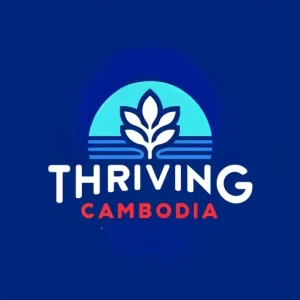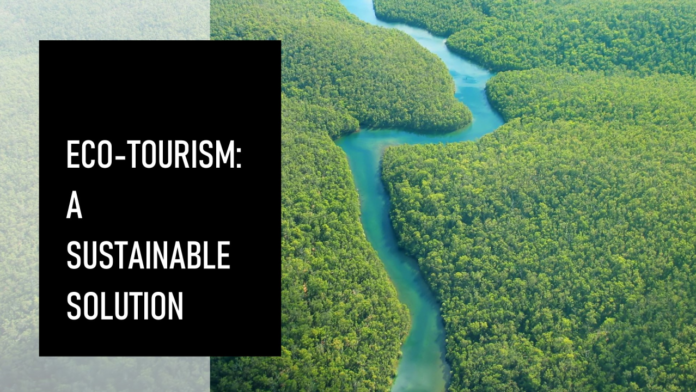Cambodia is one of the travel destination where tourists can get an authentic experience while giving back to the local community. Through eco-tourism initiatives and community development projects, ethical travelers in Cambodia have a chance to support sustainable growth while getting a one-of-a-kind cultural immersion experience.
The Potential of Eco-Tourism in Cambodia
Untapped Natural Beauty
Cambodia’s natural environment remains largely untouched by mass tourism. Dense tropical rainforests, secluded beaches, and the mighty Mekong River offer opportunities for eco-friendly activities like jungle trekking, wildlife viewing, and river cruises. Community-based tourism projects in places like Chi Phat and Koh Kong allow visitors to experience traditional village life and support local livelihoods.
Economic Opportunity
Eco-tourism has the potential to generate sustainable economic growth in Cambodia. Visitors spending on lodging, food, and activities directly benefits the local communities. Jobs such as tour guides, homestay hosts, and handicraft makers provide income and skills training for rural Cambodians. For example, revenues from entrance fees are used for protected areas like Botum Sakor National Park helps fund conservation.
Promoting Sustainable Development
Responsible travel to natural and cultural sites in Cambodia aligns with UN Sustainable Development Goals like decent work and economic growth, sustainable communities, and protection of the environment. Eco-tourism encourages the preservation of habitats, wildlife, and traditional ways of life. It spreads awareness about environmental and social development in Cambodia.
Case Studies of Successful Eco-Tourism Projects
In the past few years, Cambodia has seen several outstanding eco-tourism projects. One of them is the Chi Phat Community-Based Ecotourism Project in the Cardamom Mountains. The project has won many awards and offers trekking and mountain biking tours through dense rainforests while raising money for local communities at the same time.
The Gibbon Experience located in Seima Protected Forest is also a successful model. They let visitors live in tree houses and do zip-lining across the forest while watching animals. Money from this scheme supports the protection of the reserved areas.
Among others efforts in the coastal region are eco-friendly hotels and activities on Koh Rong Archipelago where for example Song Saa Private Island resort was constructed using sustainable materials besides running conservation programs that safeguard coral reefs and mangroves locally. The campaign for reef protection as well as cleanups has attracted more sea life around these islands.
Prek Toal Bird Sanctuary provides ecotourism within the Tonle Sap biosphere which helps villages near them with their community development projects using funds obtained from guiding people around for local tours. It is also an important breeding ground for some rare water birds such as lesser adjutant, greater adjutant or milky stork not forgetting other species too.
Recommendations for Future Eco-Tourism Development
Focus on Community-Based Tourism
Cambodia would benefit greatly by developing more such community-based eco-tourism initiatives. This means empowering local communities to develop tourism products that showcase their cultural heritage and natural surroundings. Locals can offer homestays, guided tours, traditional cuisine, and handicrafts. Not only does this provide economic opportunities for communities, but it also gives tourists an authentic experience connecting with the local Cambodians. The revenue generated stays within the community, encouraging the preservation of traditions and the environment.
Promote Education and Awareness
Eco-tourism should aim to educate both tourists and locals about sustainability issues. Informational signs should teach visitors about conservation, while school programs can show children the importance of protecting natural areas. Educating youth creates a new generation of environmental stewards. Tourists who understand the challenges a region faces may become advocates and supporters.
Improve Infrastructure and Access
For many rural communities, a lack of infrastructure is a barrier to participating in tourism. Improving access through road development and transportation options allows visitors to discover new destinations. Basic infrastructure like clearly marked trails, viewpoints, homestays, and restaurants must also be in place. The government can provide additional support to these communities by investing in sustainable infrastructure and eco-friendly facilities.
Market Eco-Tourism Brand
A unified marketing strategy shall help to build Cambodia as an eco-tourism destination. Highlighting sustainable travel options, natural areas and cultural experiences will attract the right kind of visitors. Cambodia’s beaches, jungles, and ancient temples are appealing to eco-conscious travelers interested in responsible travel. Promoting community-based tourism, educational opportunities, and environmental initiatives can set Cambodia apart as a progressive sustainable destination. With the natural beauty and cultural richness Cambodia offers, the country is well-positioned to become a leader in eco-tourism.



